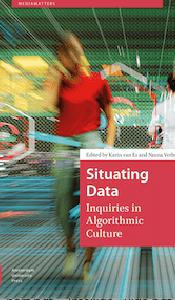The Frisian Popular Militias Between 1480 and 1560 delves into the critical role played by citizen militias in the defense of Frisia, a historical region encompassing parts of the Netherlands and Germany. The book explores the organization, mobilization, and weaponry of these militias during a tumultuous period marked by frequent warfare between emerging nation-states. By analyzing muster lists and other historical sources, the author sheds light on the composition and development of these rural and urban militias, offering a unique perspective on the struggle for autonomy in early modern Europe.
Recommended for:
Scholars and students of European history, particularly those interested in:
- Military History: The book provides valuable insights into the organization and tactics of early modern militias, a topic often overshadowed by professional armies.
- Social History: By examining the composition of the militias, the book reveals the social fabric of Frisian society during this period.
- Regional History: The study offers a detailed analysis of Frisia’s unique political and military situation,contributing to a deeper understanding of the region’s history.
- Nationalism and State Formation: The book explores the tension between local self-defense and the consolidation of central authority in early modern Europe.
You will:
- Gain a comprehensive understanding of the concept of “popular militias” and their significance in the defense of early modern societies.
- Explore the historical context of Frisia between 1480 and 1560, a period marked by power struggles between regional lords, the Holy Roman Empire, and emerging nation-states.
- Analyze the extensive series of muster lists, a unique source of information about the composition and mobilization of the Frisian militias.
- Decipher the types of weapons used by the militias, gaining insight into their capabilities and potential effectiveness.
- Delve into the social and political structures that shaped the organization of the militias, understanding how different social classes participated in defense efforts.
- Compare and contrast the rural and urban militias of Frisia, uncovering potential differences in organization, tactics,and social composition.
- Learn about the role of leadership within the Frisian militias, exploring the figures who commanded these citizen forces.
- Analyze the successes and failures of the Frisian militias in defending their autonomy against external threats.
- Understand the ultimate demise of Frisian autonomy and the implications for the development of popular militias in early modern Europe.
- Engage with contemporary debates about the role of citizen militias in national defense and societal resilience.
The Frisian Popular Militias Between 1480 and 1560 offers a valuable contribution to our understanding of early modern warfare, social mobilization, and the struggle for regional autonomy. By focusing on the often-overlooked role of citizen militias, the book provides fresh insights into a critical period of European history.
Citation and Licensing
Hans Mol. AUP. (2022). The Frisian Popular Militias between 1480 and 1560. https://www.aup.nl/en/book/9789048555512/the-frisian-popular-militias-between-1480-and-1560
This ebook is published under a Creative Commons Attribution-NonCommercial-NoDerivatives 4.0 International (CC BY-NC-ND 4.0). The full licence terms are available at https://creativecommons.org/licenses/by-nc-nd/4.0/







